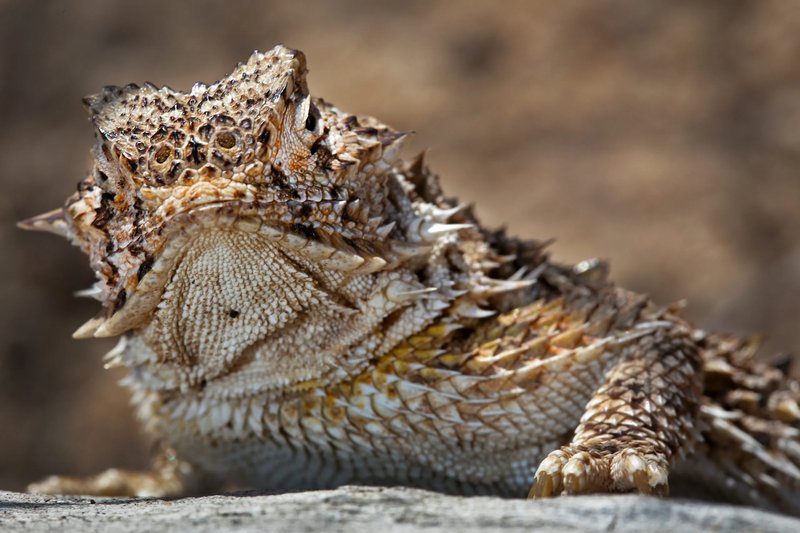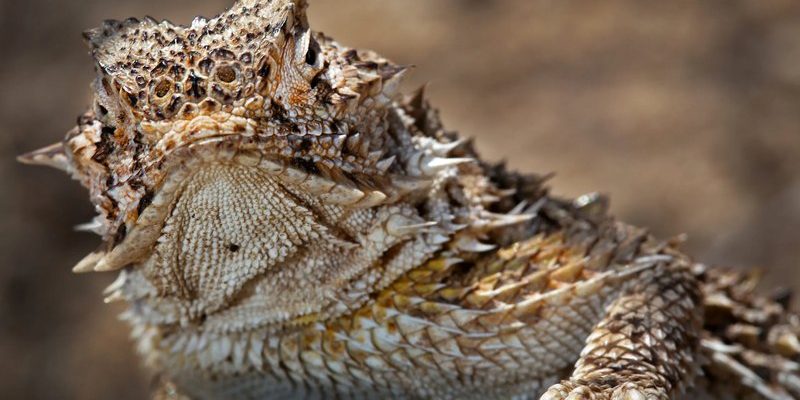
Imagine the horned lizard as a living time capsule, representing millions of years of evolution and adaptation. From their spiky appearances to their incredible camouflage strategies, these lizards have evolved to thrive in various environments. Understanding their evolutionary history not only helps us appreciate them more but also sheds light on broader ecological patterns. So, what’s the backstory of these remarkable reptiles? Let’s find out!
Overview of Horned Lizards
Horned lizards belong to the family Phrynosomatidae and are native to North America. You might be surprised to know there are about 14 species, each with its unique characteristics. Most of them are found in arid or semi-arid environments like deserts and scrublands. Their spiky bodies and flattened appearance help them blend into their surroundings, which is crucial for avoiding predators.
One of the coolest things about these lizards is the way they can puff up their bodies to look more formidable. It’s almost like wearing armor! And while they’re not aggressive, they have a clever defense mechanism: when threatened, some species can even squirt blood from their eyes. Talk about a surprise tactic!
The Origin of Horned Lizards
So, where did these horned lizards come from? To trace their origins, we need to go back to their ancestors. Evolutionarily speaking, lizards branched off from other reptiles around 200 million years ago. The ancestors of horned lizards likely appeared during the late Cretaceous period, a time when dinosaurs roamed the Earth. Fossil evidence suggests that these early lizards had features that would eventually lead to the horned lizard we know today.
Over millions of years, horned lizards adapted to survive in diverse habitats. Their flat bodies and spiky appearances became great adaptations for avoiding predators. The evolution of camouflage—where they blend seamlessly into their environment—was crucial for their survival. It’s a bit like nature’s version of a superhero disguise!
Unique Adaptations of Horned Lizards
Horned lizards are full of fascinating adaptations that make them one-of-a-kind in the reptile world. First, let’s talk about their irregular body shape. This unusual design isn’t just for show; it helps them blend into rocky terrains and sandy environments. They often sit very still, pretending to be part of the landscape—this stealthy strategy is vital against predators.
You might also be wondering about their incredible ability to regulate body temperature. Since these lizards are cold-blooded, they need to bask in the sun to warm up, yet they also have to avoid overheating. They achieve this nifty balance by changing their position relative to the sun. If it’s too hot, they’ll find shade, and if it’s too cold, they’ll soak up the sun! It’s like having their little thermostat.
Feeding Habits and Diet
Horned lizards are primarily insectivores, meaning they mainly eat insects. Their diet consists of ants, beetles, and other small creatures. One interesting fact is that some horned lizards have specialized tongues that help them catch their prey. It’s a bit like having a built-in flycatcher!
In environments where food is scarce, these lizards have developed a slow metabolism, allowing them to survive on fewer meals. They can go for long periods without eating, which is quite handy during tough times. This adaptability is just one more reason these lizards are such a success story in the evolutionary game.
Reproduction and Life Cycle
When it comes to reproduction, horned lizards have some unique traits. They are oviparous, meaning they lay eggs rather than giving birth to live young. The female lays anywhere from 4 to 30 eggs, depending on the species and environmental conditions.
After about 6 to 8 weeks, the eggs hatch, and tiny horned lizards emerge, ready to take on the world. They quickly learn to fend for themselves, relying on their camouflage and speed to evade predators. This independent start helps them survive in the wild, where threats are always lurking.
Conservation Status and Threats
Even though horned lizards are fascinating, they face numerous threats due to habitat loss, climate change, and urban development. Many species have seen declines in their populations. Conservation efforts are vital to ensure these lizards continue to thrive. Protecting their habitats and understanding their ecological roles is key to maintaining the balance in their ecosystems.
Some areas have implemented conservation programs to protect horned lizards and their habitats. For instance, designated wildlife reserves can help create safe spaces for them to live and breed. If you’re interested, consider supporting local conservation initiatives or simply spreading the word about the importance of preserving these incredible reptiles.
In conclusion, horned lizards are more than just quirky creatures to admire from afar. Their evolutionary history tells a tale of adaptability and resilience. Understanding their journey—from ancient ancestors to the unique lizards we see today—adds depth to our appreciation of nature’s wonders.
So, the next time you spot a horned lizard basking in the sun or hiding among the rocks, remember: it’s not just blending in; it’s a survivor with a rich evolutionary story. These little reptiles remind us of the delicate balance of nature and the importance of protecting our planet’s biodiversity.

